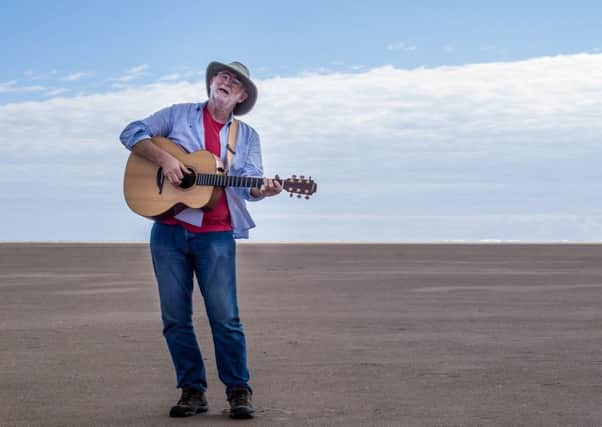Northumberland Camera Club: Get the most out of your settings


I then refilled my litre flasks. They had thin necks, eight times smaller than the cup. The first took eight seconds to fill.
My second flask was half full of rice – the packet had split so I had used the empty bottle to store it. It took four seconds and half a litre to fill. The water would not taste as good, but at least I had a drink.
Advertisement
Hide AdAdvertisement
Hide AdAnother spring was flowing less vigorously so it took longer to fill them. The story is an analogy for exposure.
Your camera’s sensor is covered in millions of small cups called photosites. Each requires a fixed number of photons to ‘fill it up’ and achieve a correct exposure.
If too few photons hit the sensor the picture will be under-exposed, too many and it will over-expose.
A camera’s shutter allows light to enter for variable durations. The quicker it is open, the less light is allowed in.
Advertisement
Hide AdAdvertisement
Hide AdThis is comparable to me holding the cup under the stream: too short and it doesn’t fill, too long and it overflows.
The aperture is the adjustable hole in the lens through which light travels. Just like the thin-necked flasks, a smaller aperture lets less light in. The shutter has to remain open longer to compensate.
Increasing ISO (International Organisation for Standards) amplifies the signal coming from the sensor. It’s making the sensor more sensitive so you need less light for correct exposure, just like the rice reducing the amount of water to fill the flask.
Akin to the rice contaminating the water, picture quality drops and becomes grainier with higher ISOs.
Advertisement
Hide AdAdvertisement
Hide AdOn bright days there are lots of photons, similar to the surging water of the first spring. To achieve the correct exposure, you have to reduce the aperture size, open the shutter for a shorter time, or reduce the ISO. On a dull day, you will need a wider aperture, a longer shutter speed, or a higher ISO.
Exposure is about compromise. Adjusting one setting affects another. Making any of these changes will affect how your picture looks, but that’s for future articles.
CHALLENGE
Take the same picture using different settings and under different light. Increase and decrease the shutter speed and vary the aperture or ISO accordingly. Look at your photos, what has changed?
Post your results to the Northumberland Camera Club Facebook group http://bit.ly/PicNland and tag them #PicNorthumberland or send them to [email protected] titled Northumberland Camera Club. On Twitter mention @alnwickgazette and use the same tag.